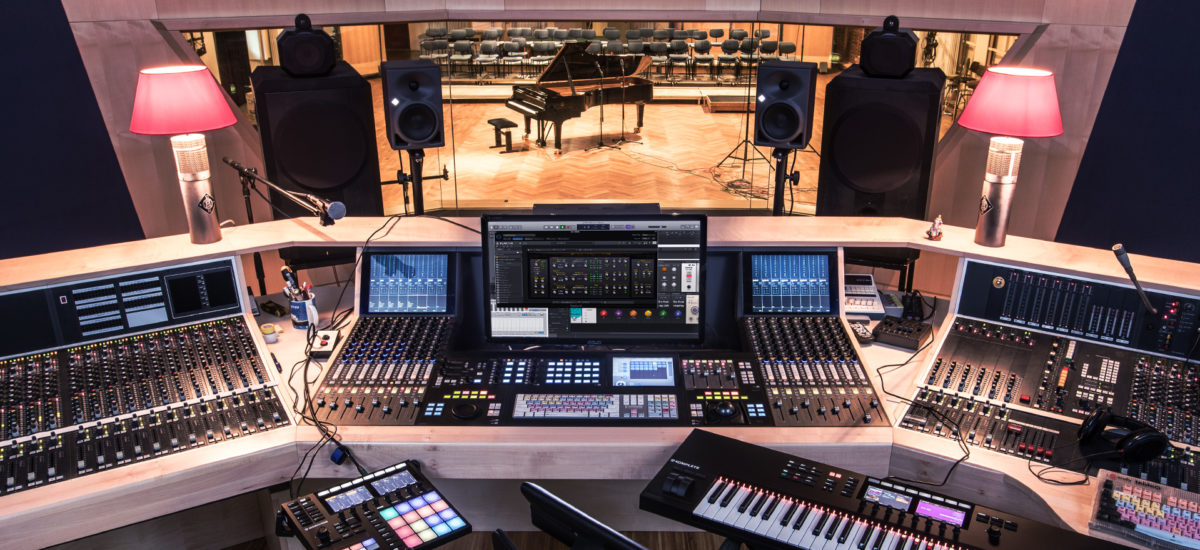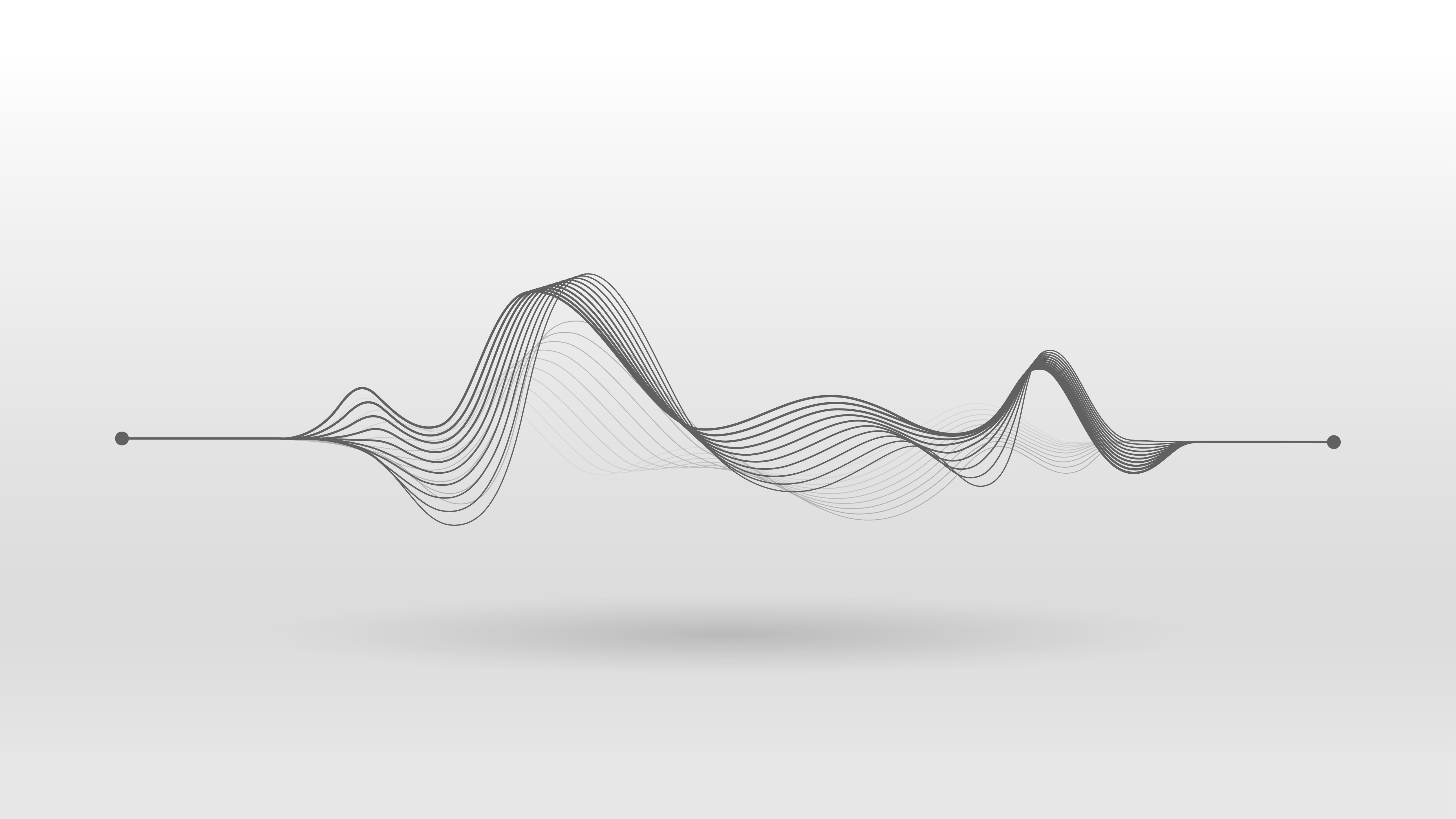How Sound Design Is Transforming the Top Brands
When people think of branding, they often imagine logos, typefaces, and color palettes. Visual identity has long been at the center of how brands present themselves. Yet in today’s world of constant interaction with digital products, mobile apps, and voice assistants, visuals are no longer enough. Sound design has emerged as a critical part of modern brand identity, creating experiences that are both functional and unforgettable.

The future of branding is sonic. The companies leading the way already know this, and they are using brand sound to connect with audiences on a deeper level.
Why Brand Sound Matters
Sound is one of the most powerful drivers of emotion and memory. A single note can trigger recognition, while a short melody can spark trust, excitement, or nostalgia. Consider how the Netflix “ta-dum,” the Intel chime, or the Apple startup sound have become instantly recognizable. Each of these audio signatures communicates brand identity without a single visual cue.
For top brands, sound design is no longer a nice-to-have detail. It is a strategic asset. By incorporating audio into their branding systems, companies ensure that every interaction, from app notifications to product startups, feels intentional and on-brand.
The Role of Sound in User Experience
Sound is not just about branding in the abstract. It is also about usability. Audio cues confirm actions, reduce friction, and guide users through complex digital environments. Done well, they disappear into the background, creating intuitive experiences. Done poorly, they frustrate and overwhelm.
This is why leading companies are investing in audio UX. They understand that a product’s sound design shapes how users feel and whether they return. From subtle tones in mobile apps to immersive soundscapes in automotive design, audio UX has become as important as visual UI.
How Top Brands Are Using Sound
The most innovative brands are already proving the power of sound design:
- Automotive: Electric vehicle manufacturers are developing signature acceleration tones and in-cabin experiences that reflect their brand identity.
- Tech and digital products: Companies like Google and YouTube use sound cues to provide clarity, reinforce trust, and strengthen recognition across platforms.
- Fitness and wellness: Brands such as Peloton leverage audio to motivate, guide, and create emotional engagement with users.
- Hospitality and retail: Curated soundscapes transform physical spaces, reinforcing mood and atmosphere in line with brand values.
Each of these examples shows that sound is not just a layer added on top of the brand experience. It is part of the brand’s foundation.
Our Sound Design Perspective
At CMoore Sound, we see brand sound as the missing link in many identity systems. Visuals alone cannot carry the full weight of recognition in today’s multi-sensory world. Sound fills that gap, creating experiences that resonate emotionally and linger in memory.

The brands that thrive in the coming years will be those that design their audio presence with the same rigor as their visual identity. From sound logos to immersive product audio, sonic branding will define the future of how people connect with companies.
The Future of Branding Is Sonic
As technology becomes more immersive and interactions become more constant, sound will only grow in importance. Consumers are no longer satisfied with static visuals; they expect experiences that feel alive and responsive. Sonic branding provides that layer of depth.
The future of branding belongs to companies that treat sound not as an accessory but as a strategic tool. Those that do will stand out, build stronger connections, and create identities that endure.
CMoore Sound helps brands take this step, designing sound systems that are as intentional, functional, and memorable as any visual identity. Let’s talk.